The production process of paper cup molding machines involves several critical steps to ensure the efficient and precise manufacturing of these essential industrial devices. From raw material preparation to the assembly of components, each stage plays a vital role in creating high-quality paper cup molding machines that meet industry standards. This article will delve into the intricate process of producing paper cup molding machines, highlighting the key steps and technologies involved.
1. Raw Material Preparation
The production process begins with the preparation of raw materials, which typically include high-quality steel, aluminum, and various electronic components. These materials undergo rigorous quality checks to ensure they meet the required specifications for durability, strength, and precision. The steel and aluminum are carefully sourced to guarantee optimal performance and longevity in the final product, while electronic components are selected based on reliability and compatibility with the machine's operational requirements.
2. Design and Engineering
Once the raw materials are approved, the design and engineering phase commences. Skilled engineers and designers utilize advanced CAD software to develop detailed blueprints and 3D models of the paper cup molding machine. This stage involves meticulous planning to optimize the machine's functionality, productivity, and safety features. Engineers work closely with production managers to ensure that the design aligns with manufacturing capabilities and industry regulations, paving the way for efficient production and assembly.
3. Precision Machining
Precision machining is a pivotal step in the production process, where the raw materials are shaped and formed into essential components of the paper cup molding machine. Computer numerical control (CNC) machines are utilized to achieve exacting tolerances and dimensions, ensuring the seamless integration of components during assembly. Skilled machinists operate these cutting-edge machines to fabricate intricate parts, such as molds, dies, and mechanical systems, with unparalleled accuracy and consistency.
4. Component Assembly
Following precision machining, the individual components are meticulously assembled to form the core structure of the paper cup molding machine. Highly trained technicians and assembly line workers meticulously fit together the machined parts, integrating hydraulic, pneumatic, and electronic systems to create a cohesive and functional unit. Stringent quality control measures are implemented at this stage to verify the proper alignment, operation, and safety of the assembled components, ensuring compliance with industry standards.
5. Electrical Integration
Electrical integration encompasses the installation of sophisticated control systems, sensors, and wiring to enable the seamless operation of the paper cup molding machine. Skilled electricians and technicians meticulously connect and calibrate the electrical components, ensuring precise communication between the machine's various systems. Advanced automation technologies are integrated to enhance efficiency, accuracy, and user-friendly operation, elevating the performance and reliability of the final product.
6. Testing and Quality Assurance
Once the paper cup molding machine is fully assembled, it undergoes comprehensive testing and quality assurance procedures to validate its performance and adherence to specifications. Rigorous functionality tests, stress simulations, and operational trials are conducted to identify and rectify any potential issues or inefficiencies. Quality assurance inspectors meticulously examine every aspect of the machine, from structural integrity to operational parameters, ensuring that only flawless units proceed to the final stages of production.
7. Finishing and Surface Treatment
The finishing and surface treatment stage involves the application of protective coatings, paints, and surface treatments to enhance the aesthetic appeal and longevity of the paper cup molding machine. Specialized coatings are applied to protect against corrosion, wear, and environmental factors, extending the service life of the machine in demanding industrial environments. This stage also includes the application of labeling, branding, and informative decals to provide essential information and branding on the machine's exterior.
8. Packaging and Shipping
The final stage of the production process entails the careful packaging and shipping of the completed paper cup molding machines to their destination. Each machine is securely packaged to prevent damage during transit, utilizing custom-designed crates and protective materials. Logistics experts coordinate the efficient shipment of the machines to domestic and international customers, ensuring timely delivery and safe arrival at their intended facilities.
Conclusion
In conclusion, the production process of paper cup molding machines encompasses a series of intricately coordinated steps, from raw material preparation to packaging and shipping. Each stage requires meticulous attention to detail, advanced technologies, and the expertise of skilled professionals to create high-quality machines that meet the stringent demands of the industry. By adhering to rigorous quality control and precision manufacturing practices, manufacturers can produce paper cup molding machines that exemplify reliability, efficiency, and innovation in the global market.
```




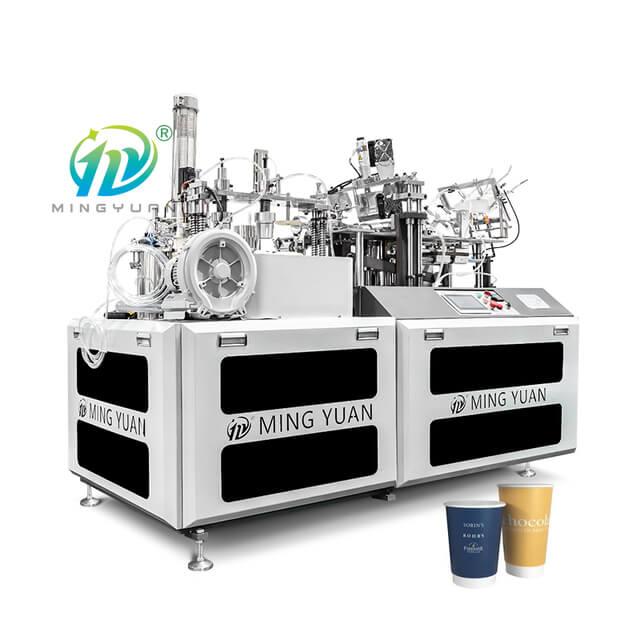
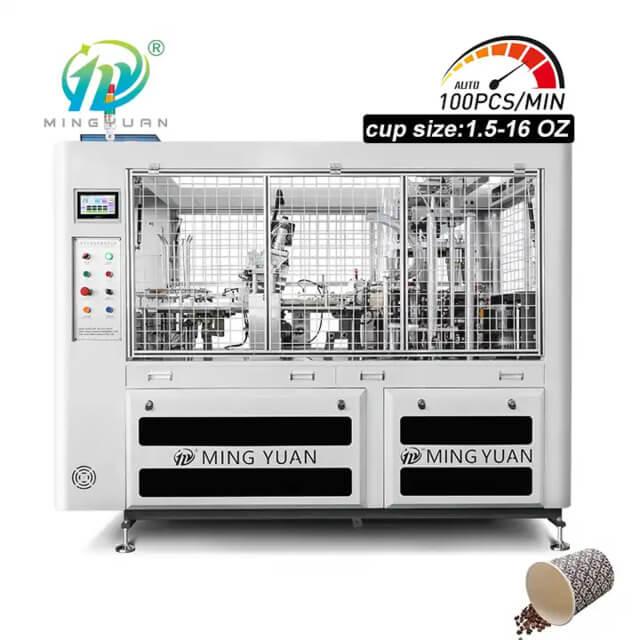
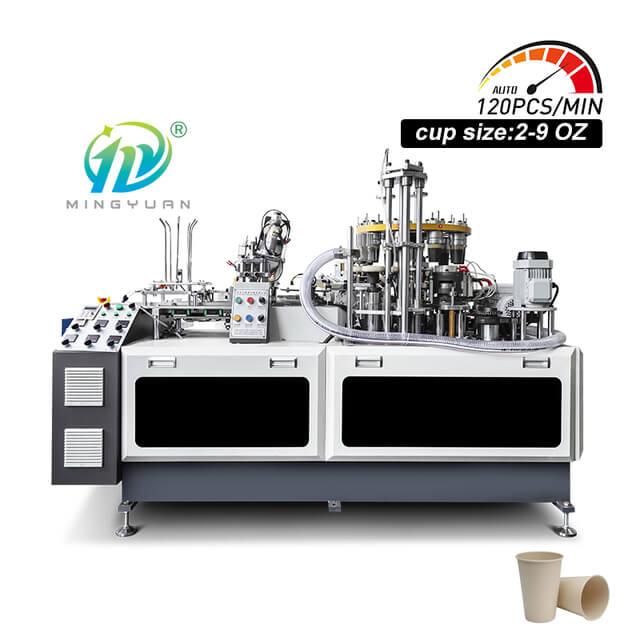
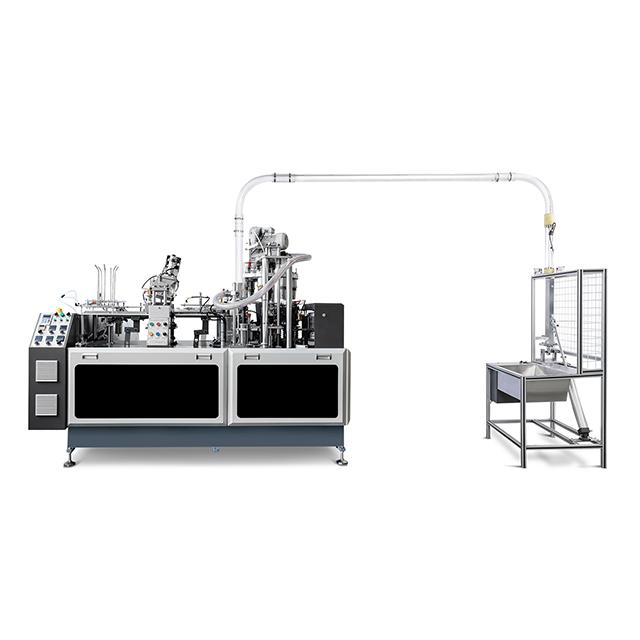
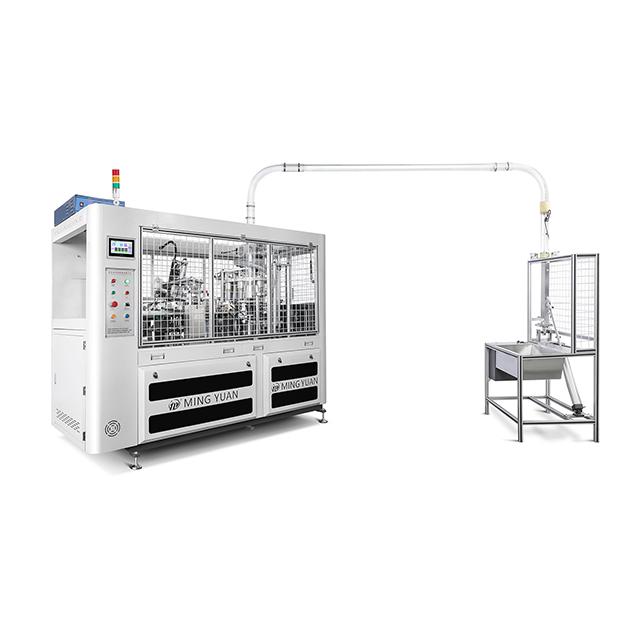


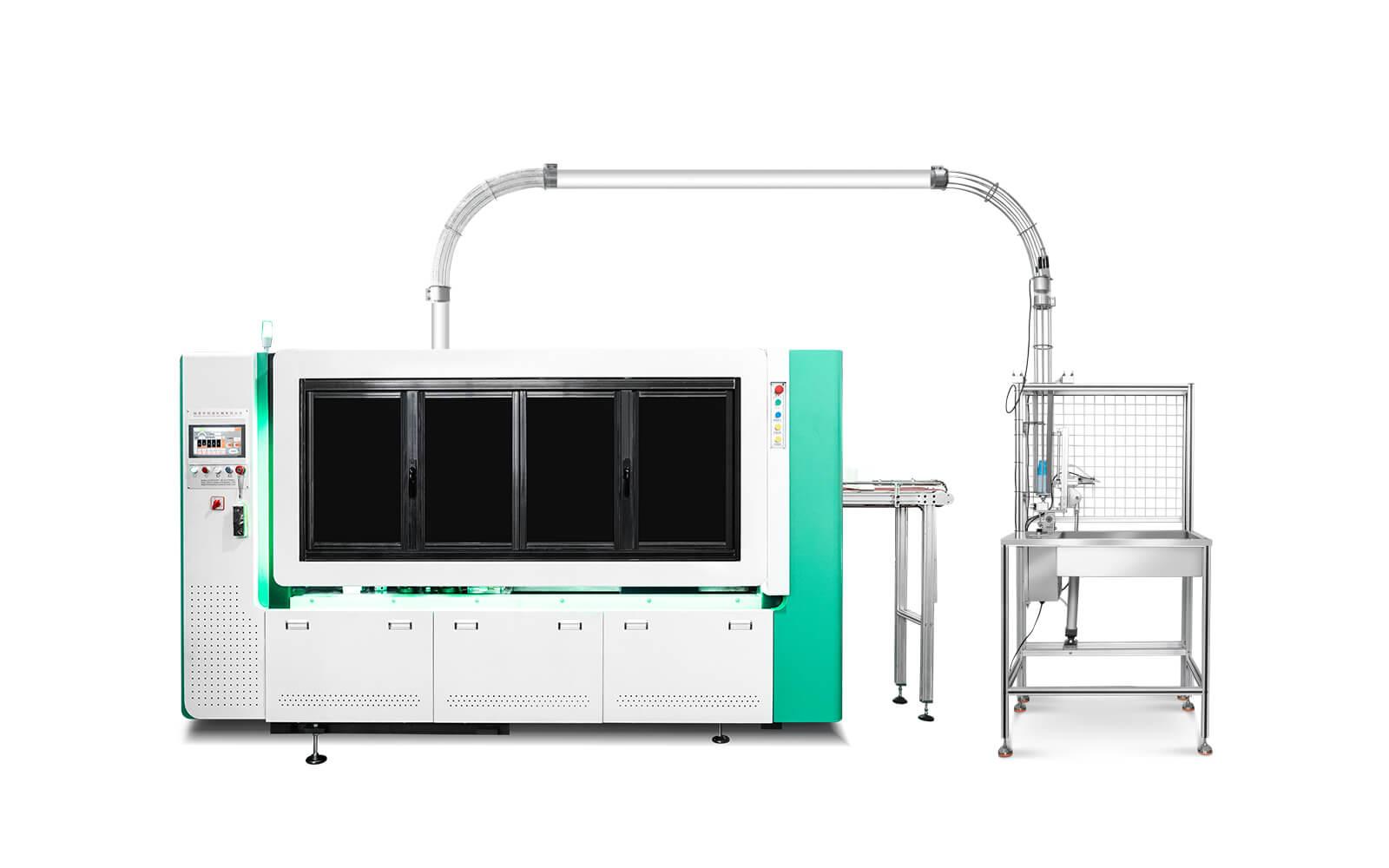
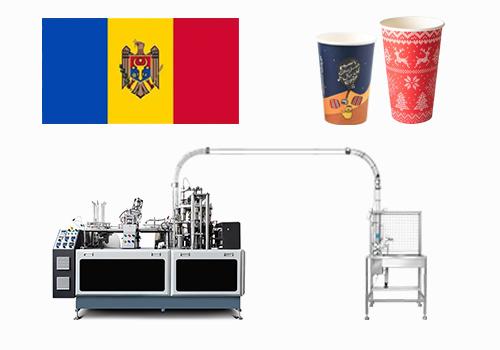

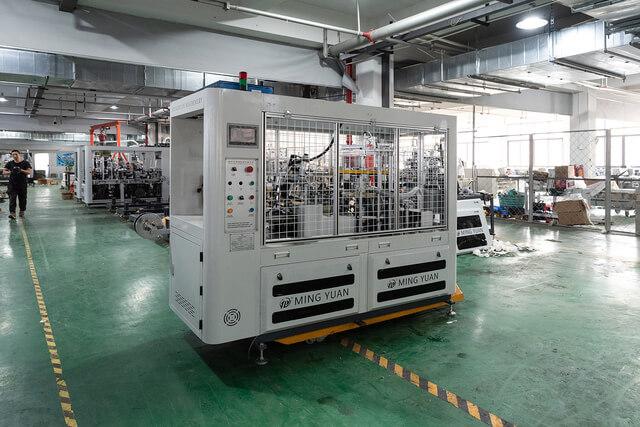

 Tel: +86-19057361870 / +86 577 65567060
Tel: +86-19057361870 / +86 577 65567060  Email: paperproductwholesaler@gmail.com
Email: paperproductwholesaler@gmail.com MP/WhatsApp: +86-19057361870
MP/WhatsApp: +86-19057361870 Manufacturer Address:No.1588, Huaming Road, Feiyun Street,Ruian City Zhejiang Province -325200 China
Manufacturer Address:No.1588, Huaming Road, Feiyun Street,Ruian City Zhejiang Province -325200 China




